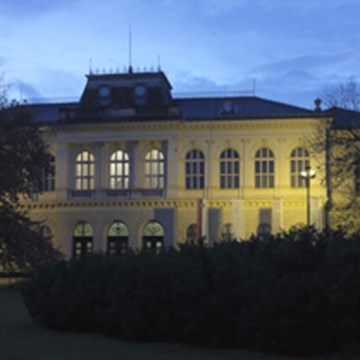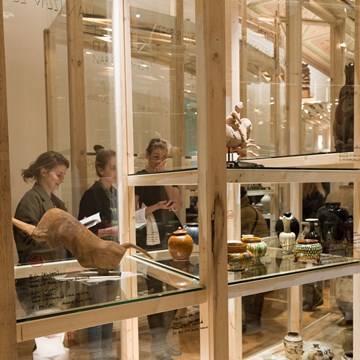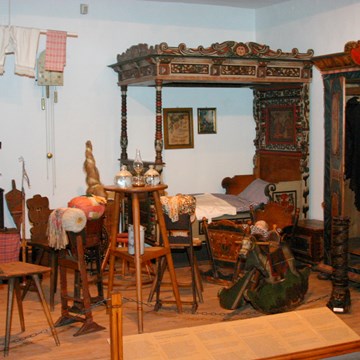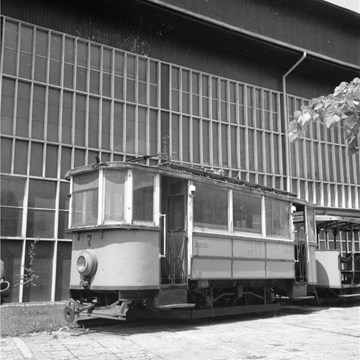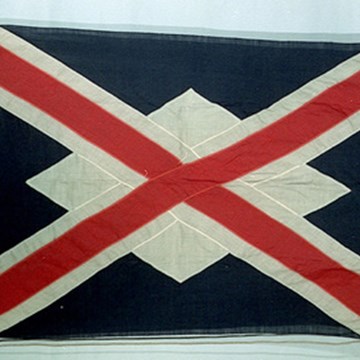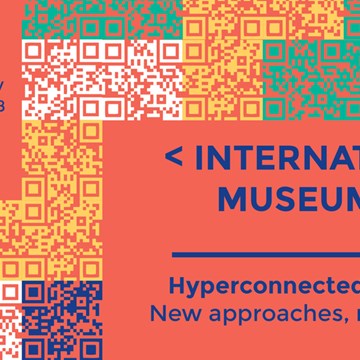Musée des Augustins
Musee des Augustins de Toulouse
The Musée des Augustins, the fine art museum of the city of Toulouse, is located in the very heart of the town. Since 1793 it has housed collections of painting and sculpture dating from the beginning of the Middle Ages. Today, the most recent works date from the 1940s.
The variety and quality of the works mean that the museum's collections cover all of the major periods of the history of western art.
The Musée des Augustins is particularly rich in sculpture, with the only collection of Romanesque sculpture of its kind in the world, as well as many Gothic masterpieces. We also have an exceptional set of 19th century sculptures.
The creation of the Musée des Augustins was decided on 17th December 1793 and it immediately joined the list of fifteen museums instituted by the decree of 13th Fructidor IX (31st August 1801), known as the Chaptal decree, named after the Minister of the Interior of the time. His proposal was that sets of works of art be shared between the cities concerned in such a way that "each collection presents an interesting series of works by all of the masters, in all genres and from all schools". On 1st September 1801, a new decree was published, requiring the cities concerned to prepare at their own expense "a suitable gallery" to receive the works deposited (more than 600 works were to be sent to Toulouse in successive waves in 1802, 1805 then, by imperial decree, 15th February 1811).
Today the collections include over 4000 pieces, evenly divided between painting and sculpture. They have been built around a core made up of works seized during the Revolution (notably the collections previously belonging to the Cardinal de Bernis and to the Tonnelier de Breteuil), of works recovered from the collections of the former Toulouse Académie royale de peinture et de sculpture (Royal Academy of Painting and Sculpture), created in 1750, and of works from several religious buildings destroyed in the 19th century.
The deposits from the national collections enriched the museum with masterpieces (Pérugin, Guerchin, Rubens, Tournier, Delacroix, Benjamin-Constant...) which have since been supplemented with acquisitions by the City of Toulouse (François de Troy, Valenciennes, Corot…), bequests and donations.
The museum owes its collections of sculpture to the work of several eminent archeologists and curators, first amongst whom Alexandre Du Mège who, during the frequent destructions of religious buildings in the 19th century, managed to save many of the emblematic works which are the pride of the museum today.
Exhibitions and events
We don't have anything to show you here.
Educational programs
We don't have anything to show you here.
Collections
We don't have anything to show you here.








